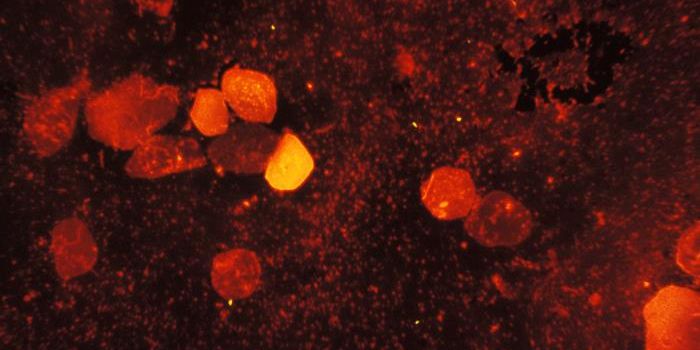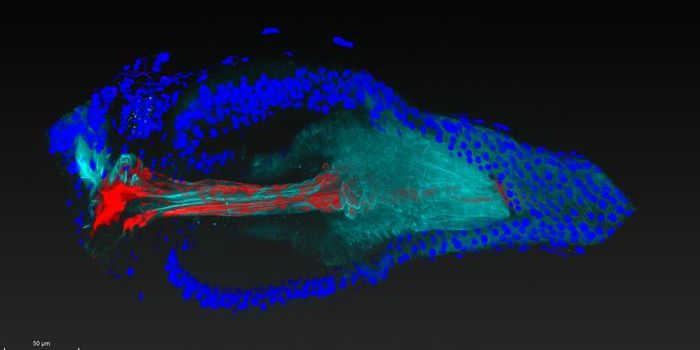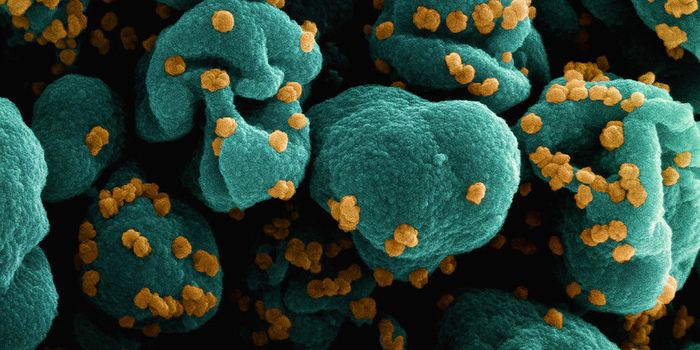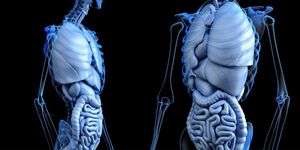Genes Can Move From the Maternal to Infant Microbiome
Microbes can easily share genes. Not only can different types of bacteria do this, there is also evidence that entirely different branches of life - archaea and bacteria can also share genes. Some microbial genes can be found on small bits of DNA called mobile genetic elements, which are not a part of a microbe's genome, but can still be expressed when they're a microbial cell. These mobile genetic elements can move from one cell to another in a process known as horizontal gene transfer. Researchers have now found that bacteria in the maternal microbiome can share genes with bacteria in the infant microbiome, in the period just before birth until a few weeks after delivery - the perinatal period. Horizontal gene transfer enables maternal microbes to influence how bacteria in the infant microbiome are functioning, without actually moving the maternal microbes themselves. These findings have been reported in Cell.
"This is the first study to describe the transfer of mobile genetic elements between maternal and infant microbiomes," said senior study author Ramnik Xavier of the Broad Institute of MIT and Harvard. "Our study also, for the first time, integrated gut microbiome and metabolomic profiles from both mothers and infants and discovered links between gut metabolites, bacteria and breastmilk substrates. This investigation represents a unique perspective into the codevelopment of infant gut microbiomes and metabolomes under the influence of known maternal and dietary factors."
The gut microbiome produces metabolites that can affect various aspects of infant development, such as immune system maturation and cognitive development during the perinatal period, a critical window. At birth, microbes move from the maternal microbiome to the infant microbiome, but we still have a lot to learn about how microbes are affecting development, and how they are developing into a microbiome themselves.
In this study, the researchers tracked the microbiomes and metabolites of 70 infant-mother pairs, from late pregnancy until the babies were one year old. This research showed that mobile genetic elements moved from microbes carried by moms and into microbes carried by infants. The mobile genetic elements that were transferred were often related to diet.
Infants were also found to have less diversity in their metabolomes compared to moms, however, there were metabolites, and links between microbes and metabolites that were identified exclusively by infants. Infants that got regular formula (that was not excessively hydrolyzed) also had metabolomes and cytokine signatures that were different from infants that were exclusively breastfed.
"The infant gut harbored thousands of unique metabolites, many of which were likely modified from breastmilk substrates by gut bacteria," noted co-first study author Tommi Vatanen of the Broad Institute of MIT and Harvard. "Many of these metabolites likely impact immune system and cognitive development."
This process seems to be a way for the maternal microbiome to exert an influence on the infant microbiome withouth transmitting specific species of bacteria.
Prophages, which are dormant bacteriophages, also seem to be involved in the movement of mobile genetic elements between the maternal and infant microbiomes, added Xavier.
Sources: Cell Press, Cell









